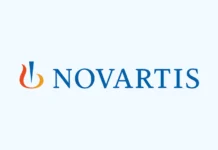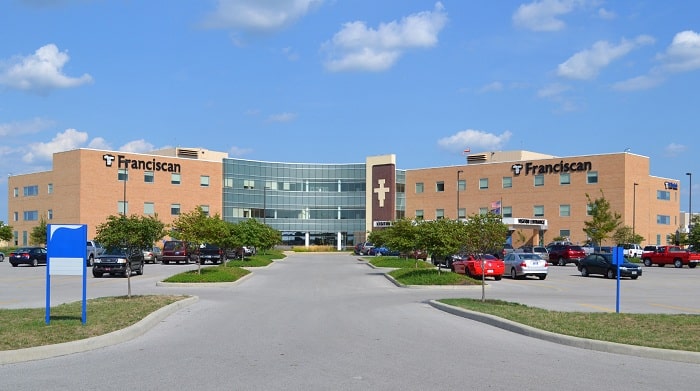Prior to the pandemic, Franciscan Health was in the infancy stages of its telemedicine program and had not moved to an ambulatory rollout. Like many other healthcare organizations, it struggled with operationalizing the technology and workflows of a new process.
THE PROBLEM
Franciscan had just started looking at virtual urgent care visits prior to COVID-19. At the time, its portfolio of virtual care was limited to behavioral health and telestroke teams. InTouch was its primary telemedicine technology vendor.
“Physician and provider adoption was low, due to factors such as necessary changes in workflows, patient acceptance, reimbursement, technology adoption and general lack of familiarity,” said Dr. Randall Moore, senior vice president and COO at Franciscan Health. “Further, telemedicine often was viewed as a substitute for in-person care, despite our messaging being focused on an augmentation and extension of care continuums.”
PROPOSAL
The FCC had then awarded the health system a grant to expand telehealth services. The organization had a dual approach to be supported by the grant.
“First, enable us to quickly attain critical mass to hit a tipping point across our practices and care delivery sites, enabling not just familiarity, but also experience in net improvements in Triple Aim performance,” Moore explained. “Second, we desired to build an extensible platform for remote monitoring and connectivity to deliver care when and where needed across several large segments of the population we served.”
MARKETPLACE
There are many vendors of telemedicine technology and services on the health IT market today. Healthcare IT News recently compiled a comprehensive list of these vendors with detailed descriptions.
MEETING THE CHALLENGE
“We focused on broad rollout across our physicians and providers to support ambulatory as well as inpatient patients, and to close the gaps in transitions of care, or fragmentation,” said Craig Miller, senior executive focusing on ambulatory services and virtual and population health at Franciscan Health. “We were able to use iPads with the hospitalist and nurses to see patients on the COVID-19 unit, connected through telemedicine to interdisciplinary teams.”
The teams (cardiology, pulmonology, intensive care, pharmacy, nursing, care management and others) would be located in another room, viewing and interacting with the patient as the hospitalist or nurse was in the room. This team-based care allowed Franciscan to conserve PPE, eliminate possible exposure and provide a collaborative care approach to the patient.
“This approach often resulted in an improved care plan and team communication through caregivers, eliminating barriers to real-time, team-based care,” Moore noted. “Other solutions included real-time specialty consultation in the ER and urgent care settings. The largest growth was within home-based visits. Providing virtual EAP services to our coworkers provided critical additional support to many of our healthcare heroes.”
RESULTS
To date, Franciscan Health has had more than 170,000 virtual visits and was able to exceed 100,000 within 90 days of the COVID-19 shutdown. The ability of its providers to see patients on their schedule and in the comfort of their home has been great for provider and patient satisfaction, Miller said. More and more patients have felt comfortable doing their visit virtually, thus eliminating driving time and sitting in a waiting room with other sick patients, and increasing convenience, he added.
“Real-time expert interdisciplinary care enabled team members to capture the shared group knowledge while substantially mitigating losses in value historically tied to team members providing their expertise separately.”
Indeed, that real-time interaction, with geographic barriers eliminated, enabled group discussion and care planning incorporating the team’s collective expertise, he added. Results included improved care plans, less need for follow-up conversations, and elimination of actual or perceived conflicting opinions. Further, both patient and team member satisfaction improved, he said.
USING FCC AWARD FUNDS
Earlier in the year, the FCC awarded Franciscan Health $929,834 for laptops, tablets, remote monitoring devices and a remote monitoring platform, as well as other telehealth equipment, to treat patients with COVID-19 symptoms or confirmed cases and, by using telehealth and virtual care technology, to assess patients who are symptomatic or believe they may have been exposed to COVID-19 without requiring the patient to leave his or her home.
“The funds have allowed us to expand our remote patient monitoring and connectivity reach, and demonstrate the value necessary for our physicians and teams to see virtual as a necessary, but not sufficient, part of the health and care continuum,” Moore said.
“Through the combination of physician and team adoption, experience moving from anecdotal to more than 150,000 visits over a short time, team-based care replacing individual contribution, and preventing escalation of disease as we bring care when and where needed, we have been able to fundamentally alter our care strategy.”
Franciscan Health will continue to focus on the combined guides of augmenting and extending patient-centric care continuums and person-centric health continuums, he added.
“Early results supported by grant funding have not only provided compelling experience we can use telemedicine to provide care, but also that, in combination with traditional care, we can improve Triple Aim outcomes,” he said. “Our journey is early, with considerable additional investment necessary to enhance the underlying development and support infrastructure.
“Should a resurgence in COVID-19 present to our system, or whatever the next similar challenge will be,” he concluded, “our system will be better prepared to meet the needs of our communities.”


















